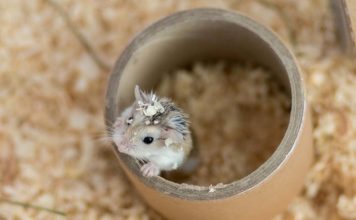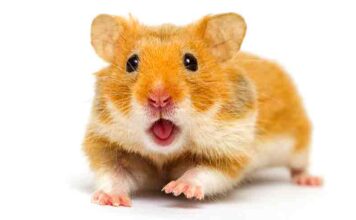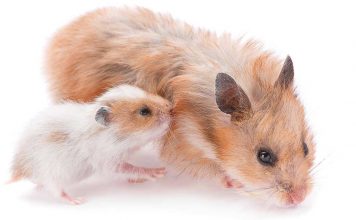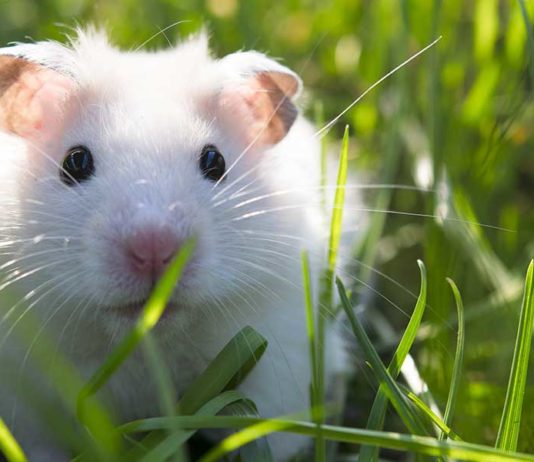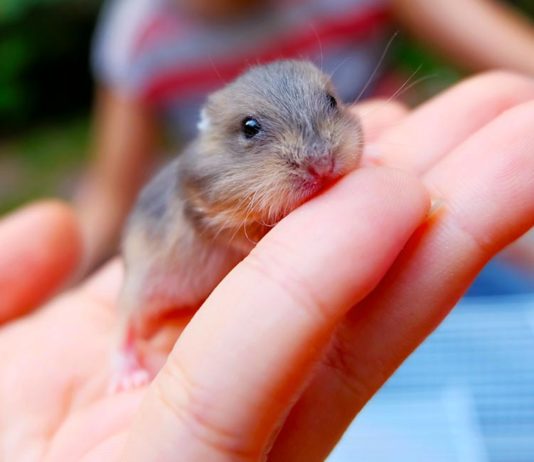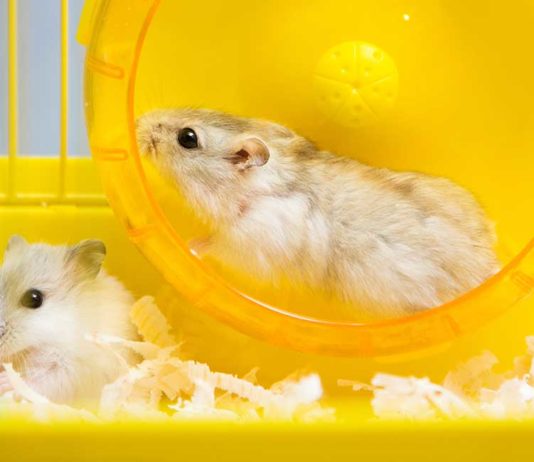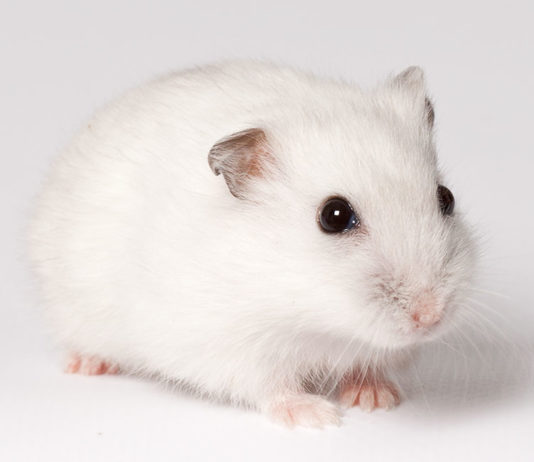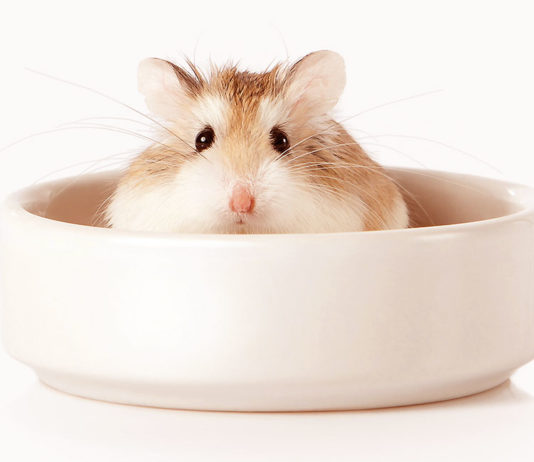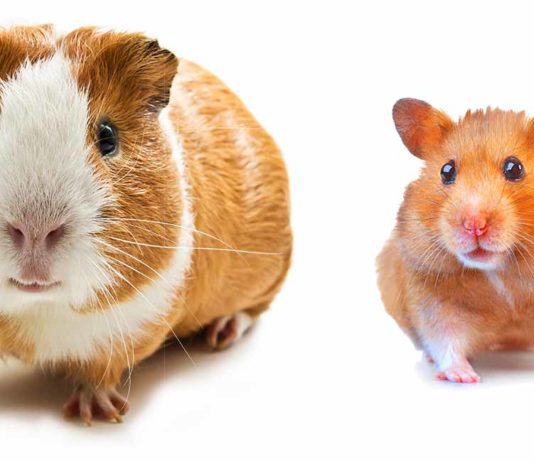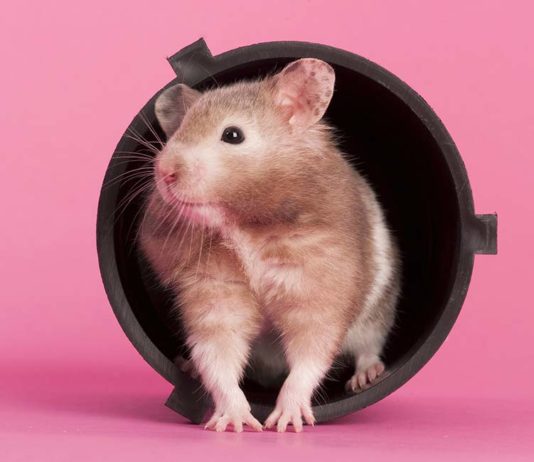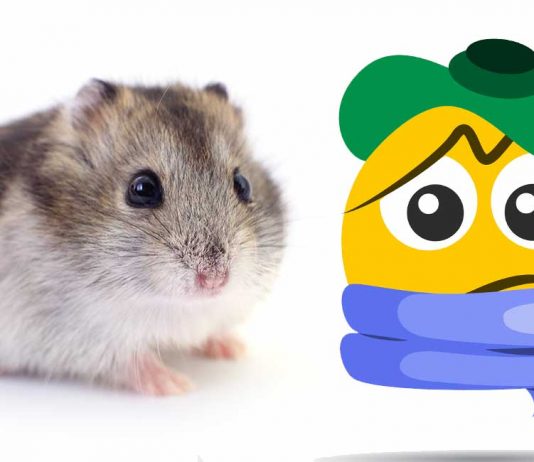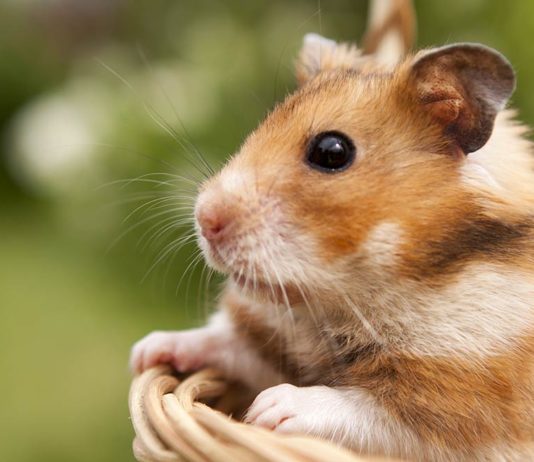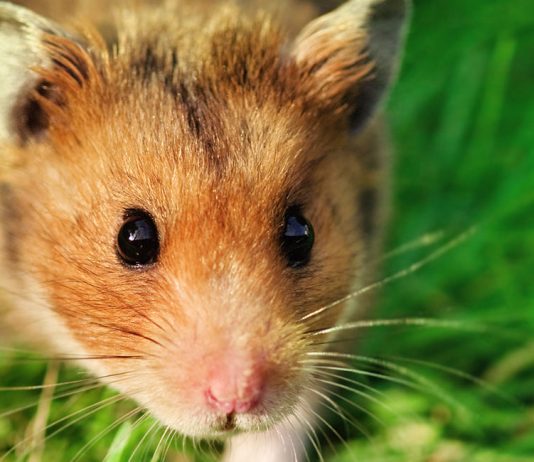It almost always turns out that an albino hamster is anything but.
Because true albino hamsters are very rare, but there are lots of other ways for a hamster to have white fur, and even pink eyes and pale ears.
Which...
Hamsters are popular pets, and so it isn’t surprising to find baby hamsters available from breeders and hamster owners. They’re relatively easy to care for, cuddly, and adorable. But there are important facts to know about the development of baby hamsters and how to raise them to be happy,...
Can hamsters live together and share a cage? Some hamsters are perfectly happy sharing their cage, but others prefer living alone. So it's important to learn about the type of hamster you have before introducing another one.
For instance, Syrian hamsters can become aggressive...
The Winter White Hamster is a dwarf hamster, best known for the change in the color of its fur during winter. This pocket pet is easy to care for and therefor ideal if you have limited time and space. It's also the most sociable of the hamster species and...
Roborovski hamsters are also called desert dwarf hamsters, robo hamsters, and robo dwarf hamsters. They are one of the most popular breeds. These little rodents are super sweet, but there are other aspects you should consider, such as Roborovski hamster lifespan, tameness, health, and personality.
Roborovski FAQs
Our readers' most popular...
Hamster vs guinea pig may be the hardest decision any wannabe pet owner could make. How do you choose between the two cutest pets in the world? We understand you completely.
Hamsters and guinea pigs tend to look similar to the untrained eye. But, to an animal lover the difference...
Welcome to our complete guide to hamster breeds!
In this article, we will introduce you to the top five most popular pet hamsters on the hamster breeds list.
So, if you’re wondering which hamster will suit your family, you’re in the right place.
You will learn what each hamster breed needs, how...
Are you worried about a sick hamster?
Hamsters can become ill just the same as any other animal species.
But the small size of hamsters adds a level of difficulty to diagnosis and treatment that’s not present in our larger pets.
Arguably the most well-known of hamster illnesses is wet tail.
But there...
Where Do Hamsters Come From? We look at the history and origins of the hamster as the world’s most popular small pet
When I was a child, hamsters were all pretty much the same. Cute cuddly, short-tailed rodents weighing about quarter of a pound, that would just about fit in...
Can hamsters get mites? What are hamster mites, and how do you treat hamster mites? Find out right here!
Dogs and cats receive regular parasite prevention.
Indoor pets like hamsters, on the other hand, do not.
This is because hamsters spend most of their lives in their habitats and are not exposed...

